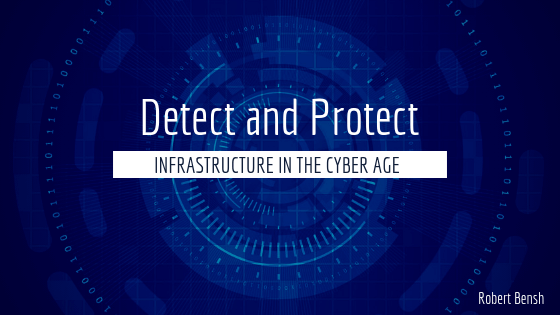In this day and age, almost everything we use is controlled by electronics to some degree. Our phones, smart devices, heating and cooling systems, and even our water supply runs on a power supply controlled by technology. Cyber attacks used to be a blip on the radar, however, they are becoming more frequent and more destructive. As we continue to link our data to our devices, we become more vulnerable to a large-scale attack which could affect individuals, businesses, and governments.
Frequency of Attacks
Most recently, cyber attacks made the news in the form of the 2016 U.S. presidential election interference, the WannaCry invasion of the British National Health System, and the BlackEnergy attack that dismantled several critical infrastructures in Ukraine.
These are just a few instances in which cyber attacks have affected not only companies but governments across the globe. According to the report State of Security in Control Systems Today, an astounding one-third of critical infrastructures have been targeted by an attack. In addition, cyber attacks on industrial control systems have doubled in 2018 alone.
Preventative Measures
The United States Department of Energy recently released plans to simulate a cyber attack on an electrical grid to identify weak points, adjust their response, analyze the consequences of an attack, and improve their system overall. During the simulation, the government will investigate where the attack is coming from, how it has affected the supply of energy, and what the system is capable of doing using only its internal resources.
While cyber attacks may not be something everyone can defend against effectively, there are preventative measures that companies can take to keep their clients’ and their own data safer.
Detection of Weaknesses: The detection of weak points is the first step in preventing an attack. By conducting a comprehensive analysis of IT systems, companies can detect vulnerabilities and begin to take the next steps to fortify or isolate them.
Protect Systems: To be as prepared as possible, companies and governments must imagine and prepare for all scenarios. Systems can be attacked or compromised in many different ways. There should be a prepared response for each scenario to better defend their system as a whole. Installing automatic protections or maintaining staff who are equipped to fight a cyber attack quickly may be necessary.
Have a Backup Plan: Some cyber attacks may be relatively small and insignificant in the grand scheme of things. However, some attacks may target critical infrastructure such as an entire electrical grid. Create contingency plans to help minimize damages and recover control in a timely manner.

